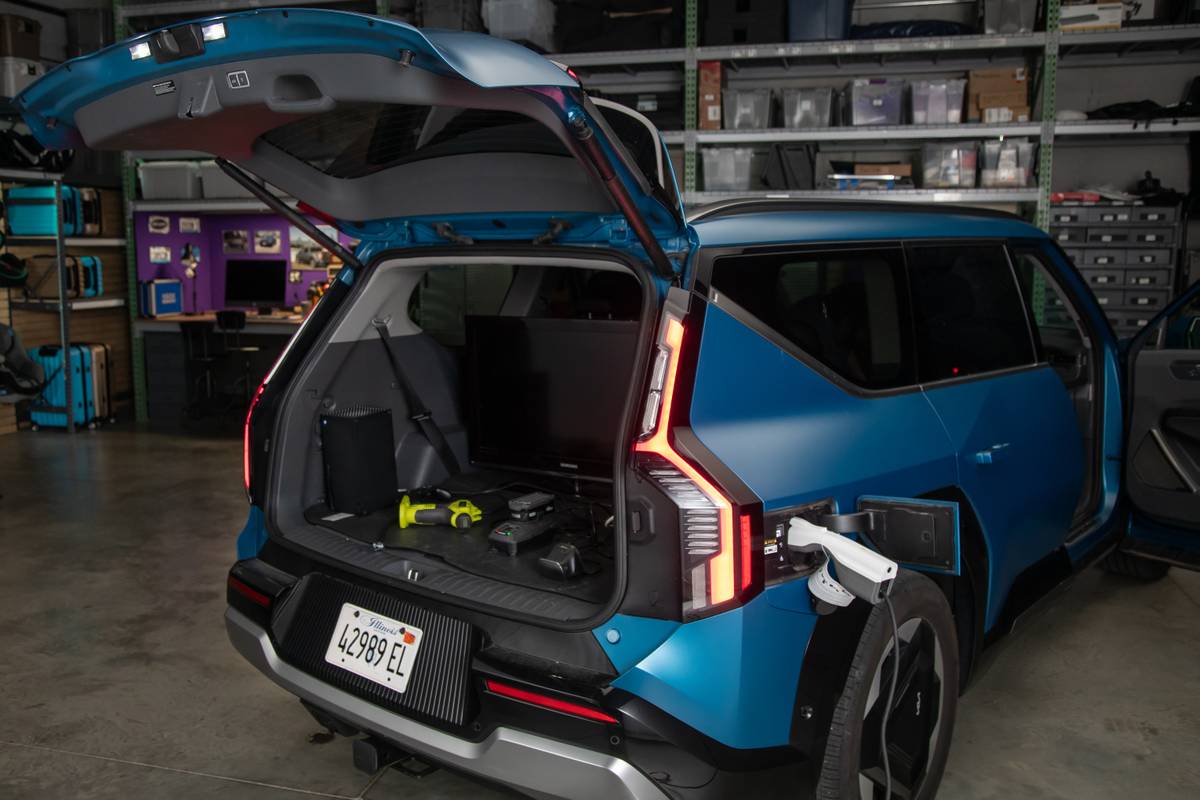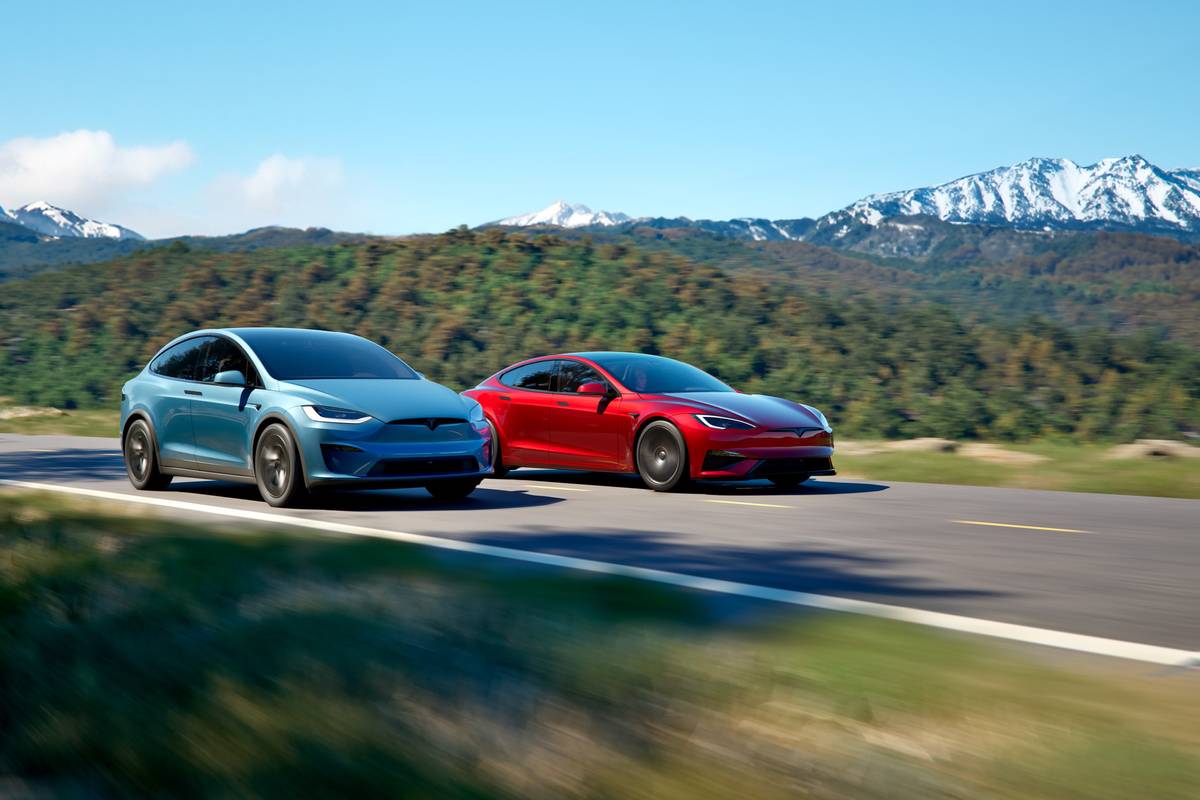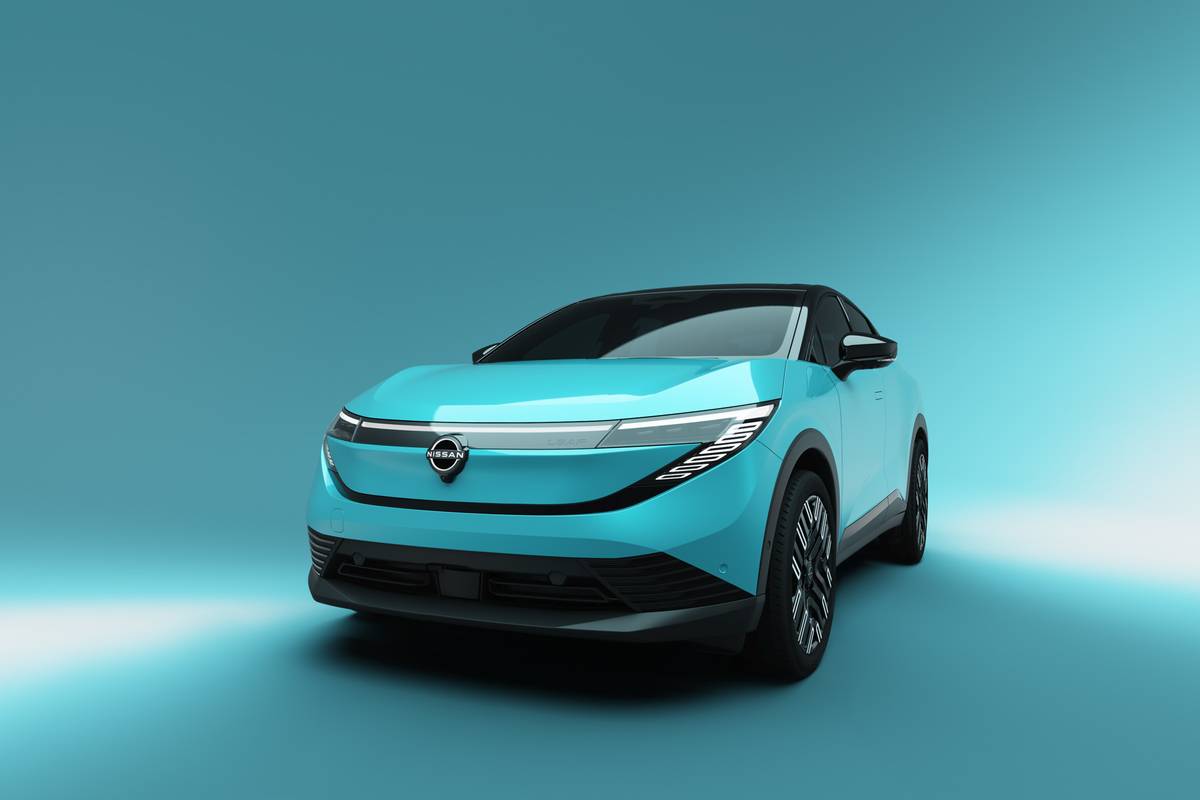Boston.com's view
Honda hasn’t brought Americans a station wagon since 1997. We quickly forgot about the slow-selling five-door Accord when the CR-V, a higher car-based SUV with all-wheel-drive and a collapsible picnic table, came out that same year. It’s still one of Honda’s most popular models, and one of the top-selling cars in the small crossover segment.
Toyota dropped their Camry wagon in 1996. Ford’s venerable Taurus and Mercury Sable wagons disappeared in 2005. Its compact Focus wagon went in 2007, the hotrod Dodge Magnum and more practical Mazda 6 wagon in 2008. Saturn threw out the midsize L-Series, which included a wagon, in 2003. And the plastic wood-paneled Buick Roadmaster and Chevy Caprice wagons were last seen when gas was a dollar per gallon. That last part makes me weep.
Few automakers have remained faithful to wagons. Mercedes-Benz, BMW, Audi, Saab, Volvo, Volkswagen, and Subaru have sold wagons every year in the US since the early 1990s, some for decades. There are roughly 100,000 sold each year, about 1 percent of the US market — that’s less than the share of hybrids. Americans, apparently, have been happier with higher ground clearance and a few extra millimeters of headroom, despite the fact that most five-passenger crossovers and SUVs offer similar space and cargo capacity as a decent station wagon.
So has Acura taken a big risk by launching a luxury sport wagon in a small market of stubborn holdouts? No, Cadillac did. They brought a spanking new CTS Sport Wagon last year and the maniacal 556-horsepower CTS-V for 2011. Acura imported the European-market Honda Accord Tourer, flipped the “H” logo upside down, and called it a day.
In doing so, they created a stylish wagon that’s $8,000 less than a CTS and $6,000 off the tiny BMW 3 Series wagon and Audi A4 Avant. The slim, taut body looked especially fit in our tester’s Vortex Blue Pearl paint, and even made Acura’s unloved chrome “beak” handsome. In price, the 2011 TSX Sport Wagon is right with the Volkswagen Passat wagon and Volvo XC70, although there is no six-cylinder engine or optional all-wheel-drive, both potential drawbacks in the luxury segment.
With front-wheel-drive and a set of milquetoast Michelins, our TSX slipped quite often in light snow, as would any two-wheel-drive car with all-season tires (which today seem made for three seasons than four). But when the roads clear, the TSX is very pleasant to drive, despite the typical four-cylinder noise under hard acceleration.
The 2.4-liter engine makes 201 horsepower, and because it’s from Honda, it revs smoothly and picks up power all the way to its high 7,100-rpm redline (like Volkswagen and Audi four-cylinders, it requires premium.) The 5-speed automatic clicks off a series of quick, well-spaced ratios that leave the engine quiet at cruising speeds. My fuel economy — in mostly city driving, in mostly blizzards — was an average 20 mpg. It’s EPA rated at 22 city, 30 highway.
More than anything, the TSX Sport Wagon feels light and easy to toss into corners. Hunkering down, the body allows a modest amount of roll and the electric steering rack exhibits a remarkable amount of accuracy. The suspension is pretty compliant on all but the worst expansion joints and ruts, and all the TSX really needs is the sedan’s short-throw six-speed manual.
In fact, if Acura offered a stick and shed the cow skin for cloth, it could knock another two or three grand off the $31,820 base price. Maybe delete a few more options and whittle it down to $25,000, a palatable Honda price. But for now, that’s fantasy. Automakers don’t want tighter profit margins in such a niche segment, and Americans aren’t ready to remember 1997.
Buying this pricier European Accord has its blessings, particularly inside. Unlike the US Accord and Crosstour hatch, with their messy spreads of odd-shaped rectangles scattering the center stacks, Acura has reduced the button soup into a narrower — and older-looking — layout. Instead of HVAC controls on opposite ends of the console, they’re below the radio, navigation, and phone controls in one unit. The thin LCD strip showing the radio selections is actually near the radio, without the Accord’s horizontal vents splitting them apart. Less eye and arm movement, less distraction, and more intuition. It just works.
Unlike many automakers, Acura lets the driver adjust climate and sound without peering into the large LCD screen. And they go a step further: with simple voice commands, you can turn down the heat, dial a phone number, and select an iPod track without repeating yourself a dozen times. Maps and menus could be rendered in higher resolution, but they’re easy to navigate, show real-time traffic, and even Zagat restaurant reviews. Soft-touch surfaces, snug, supportive seats, and great tactile feedback from the stalks and switches make the TSX worthy of its price.
Depending on your needs, our loaded $35,470 model can also buy a top-of-the-line Subaru Outback, which offers a hefty all-wheel-drive system and more powerful six-cylinder engine. For a little more, the Volvo XC70 stocks more technology — like lane departure warning and adaptive cruise control — at this segment’s higher end. Acura’s playing it smart by keeping the price reasonable, though it could at least offer keyless entry and start as part of our car’s $3,650 Technology Package.
Could the station wagon market crack 2 percent this year? If more crossovers like the Accord Crosstour came out of the closet and admitted their wagon tendencies, there’d be a shot. As wage-deprived Americans reminisce the boom times of the 1990s — and remember the fun, down-to-goodness wagons we once drove — Acura will make a catch.
Latest news



